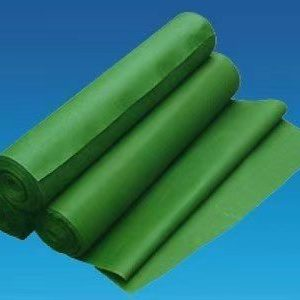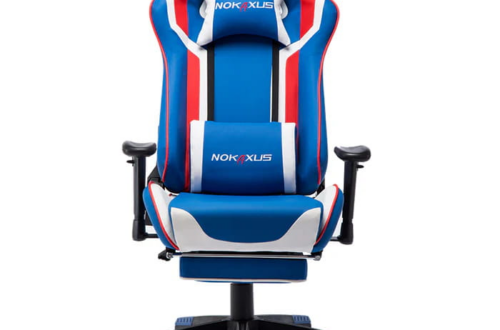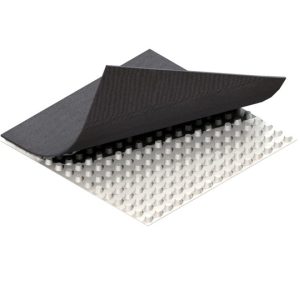Meteorological Instruments and Their Uses: A Comprehensive Guide
Meteorological Instruments and Their Uses: A Comprehensive Guide
Meteorological instruments are essential tools used to measure atmospheric conditions and predict weather patterns. Understanding meteorological instruments and their uses is crucial for accurate weather forecasting and climate research. In this guide, we will explore the main types of weather instruments, their functions, and how they contribute to daily forecasts and long-term climate studies.
Key Meteorological Instruments for Weather Measurement
Weather stations rely on a combination of instruments to collect precise data. Each device serves a unique purpose, from tracking temperature to measuring wind speed.
Thermometers and Temperature Gauges
Thermometers are among the most common meteorological instruments. They measure air temperature, which is fundamental for predicting weather changes. Modern digital thermometers provide real-time data, enhancing forecast accuracy.
Barometers for Atmospheric Pressure
Barometers gauge atmospheric pressure, a key indicator of upcoming weather. A sudden drop in pressure often signals storms, while rising pressure suggests clear skies. Mercury and aneroid barometers are widely used in weather stations.
Anemometers and Wind Vanes
Anemometers measure wind speed, while wind vanes indicate wind direction. These instruments help meteorologists track storm movements and assess wind patterns for aviation and marine safety.
Advanced Weather Monitoring Tools
Beyond basic instruments, advanced devices like hygrometers and rain gauges offer deeper insights into humidity and precipitation levels.
Hygrometers for Humidity Levels
Hygrometers determine the amount of moisture in the air. High humidity can lead to precipitation, while low humidity may cause dry conditions. This data is vital for agricultural planning and health advisories.
Rain Gauges and Precipitation Measurement
Rain gauges collect and measure rainfall over a set period. This information helps in managing water resources and predicting flood risks. Tipping-bucket rain gauges are popular for their accuracy.
Frequently Asked Questions
What are the most essential meteorological instruments?
The core instruments include thermometers, barometers, anemometers, and rain gauges. Each plays a critical role in weather data collection.
How do meteorological instruments improve weather forecasts?
By providing accurate, real-time data, these tools enable meteorologists to analyze trends and make reliable predictions, enhancing public safety.
Take Action with Professional Meteorological Tools
Ready to set up your own weather station? Explore high-quality meteorological instruments and their uses to start monitoring local conditions today. Whether for hobby or professional use, investing in reliable equipment ensures precise data for better decision-making.


